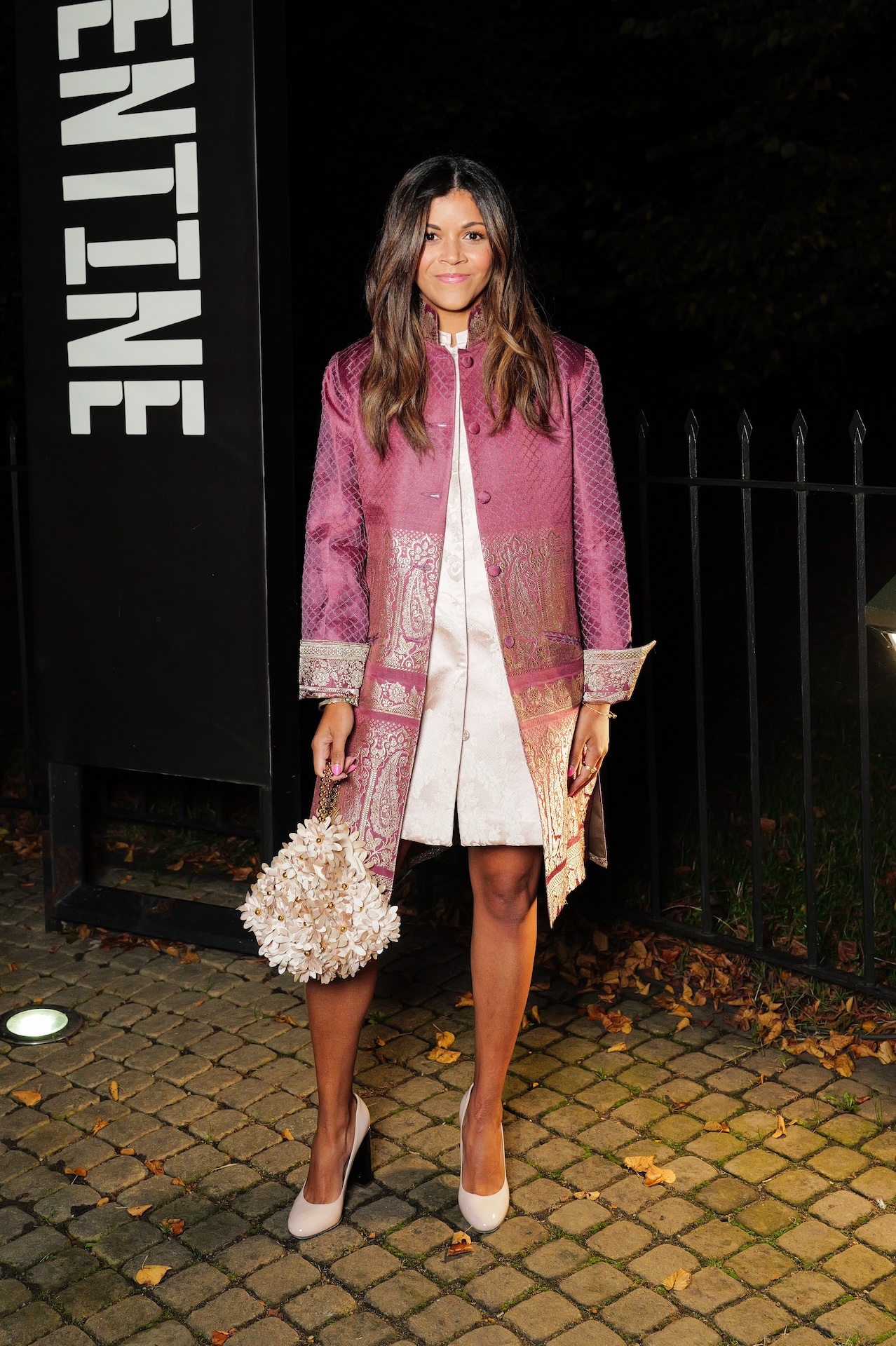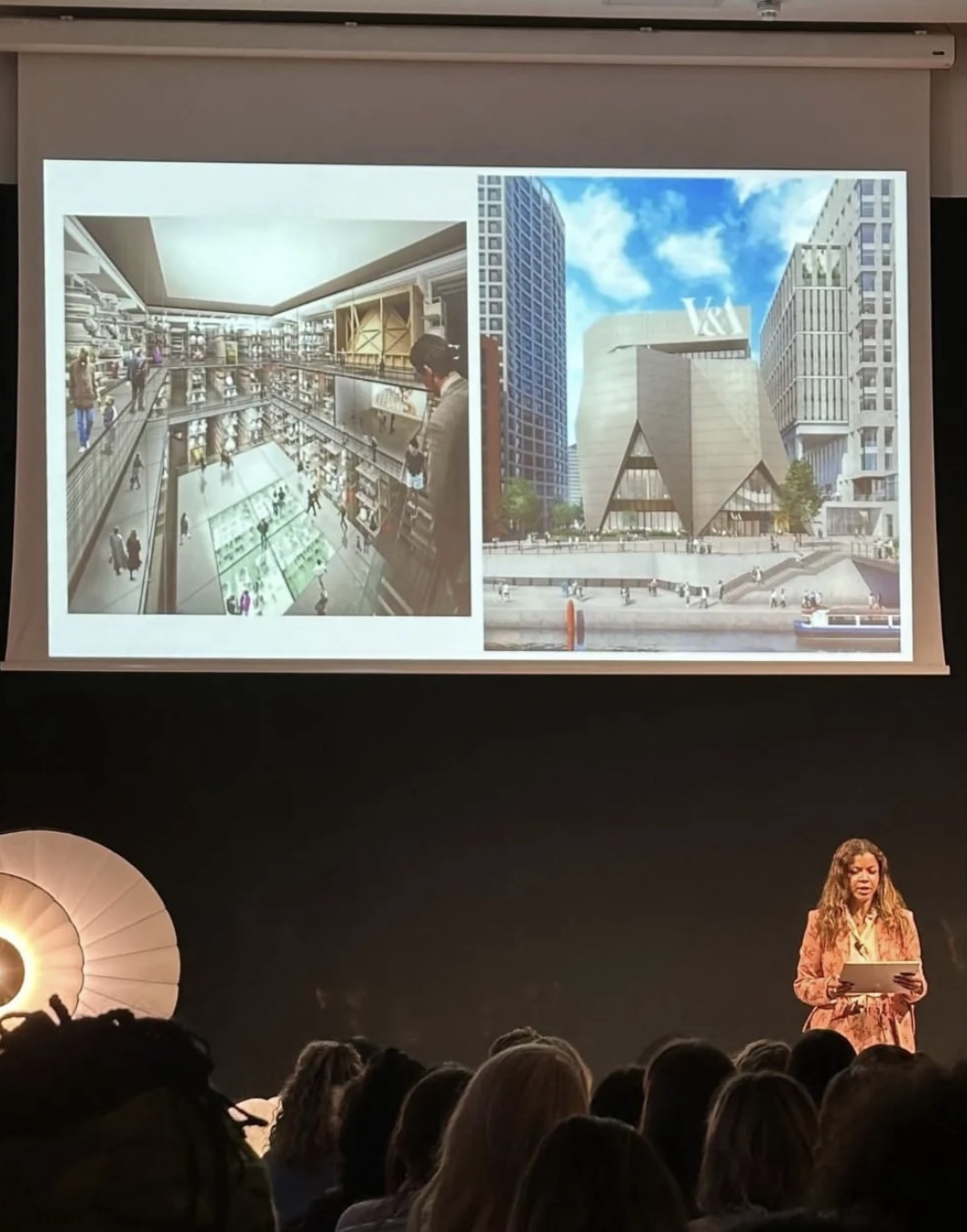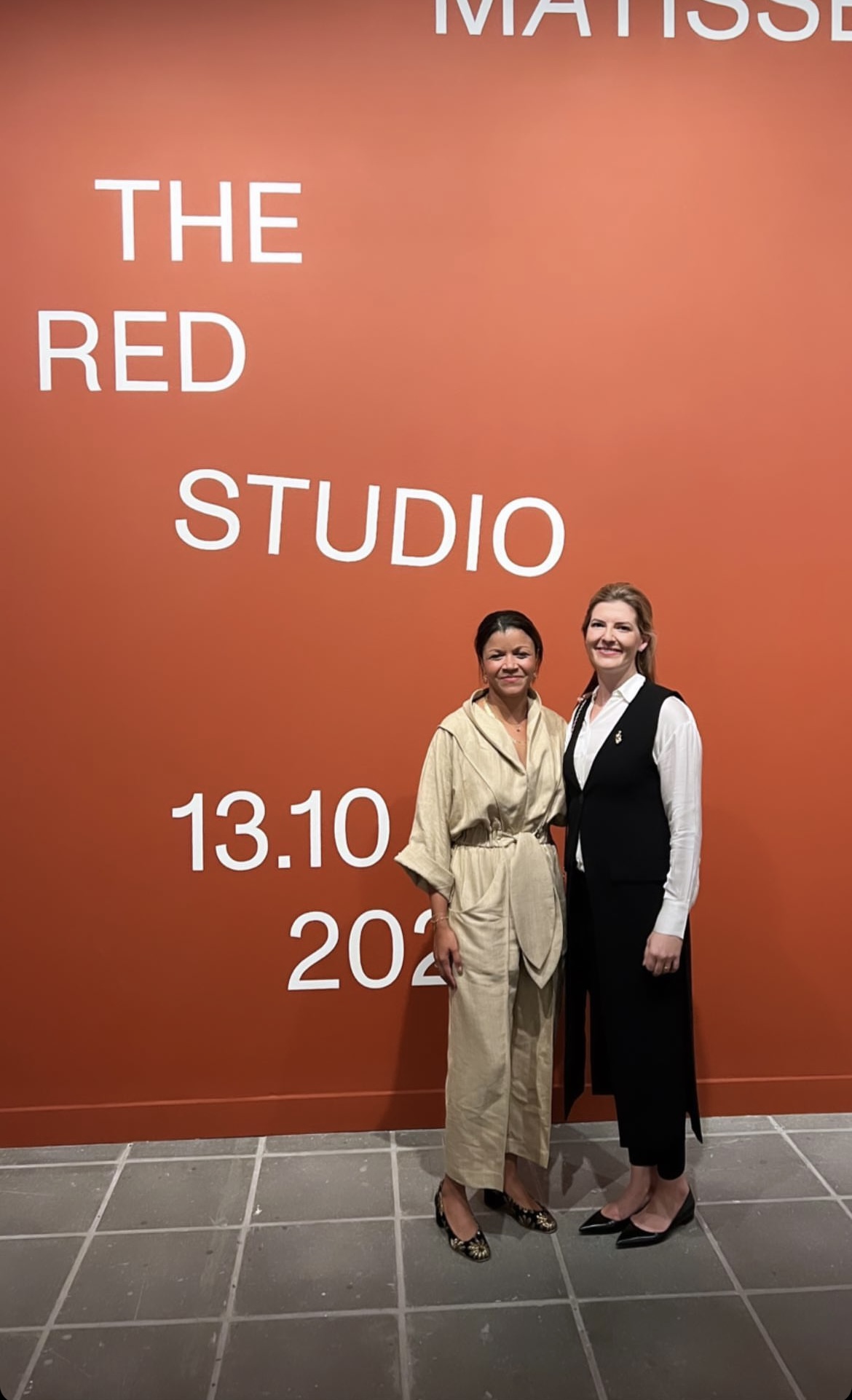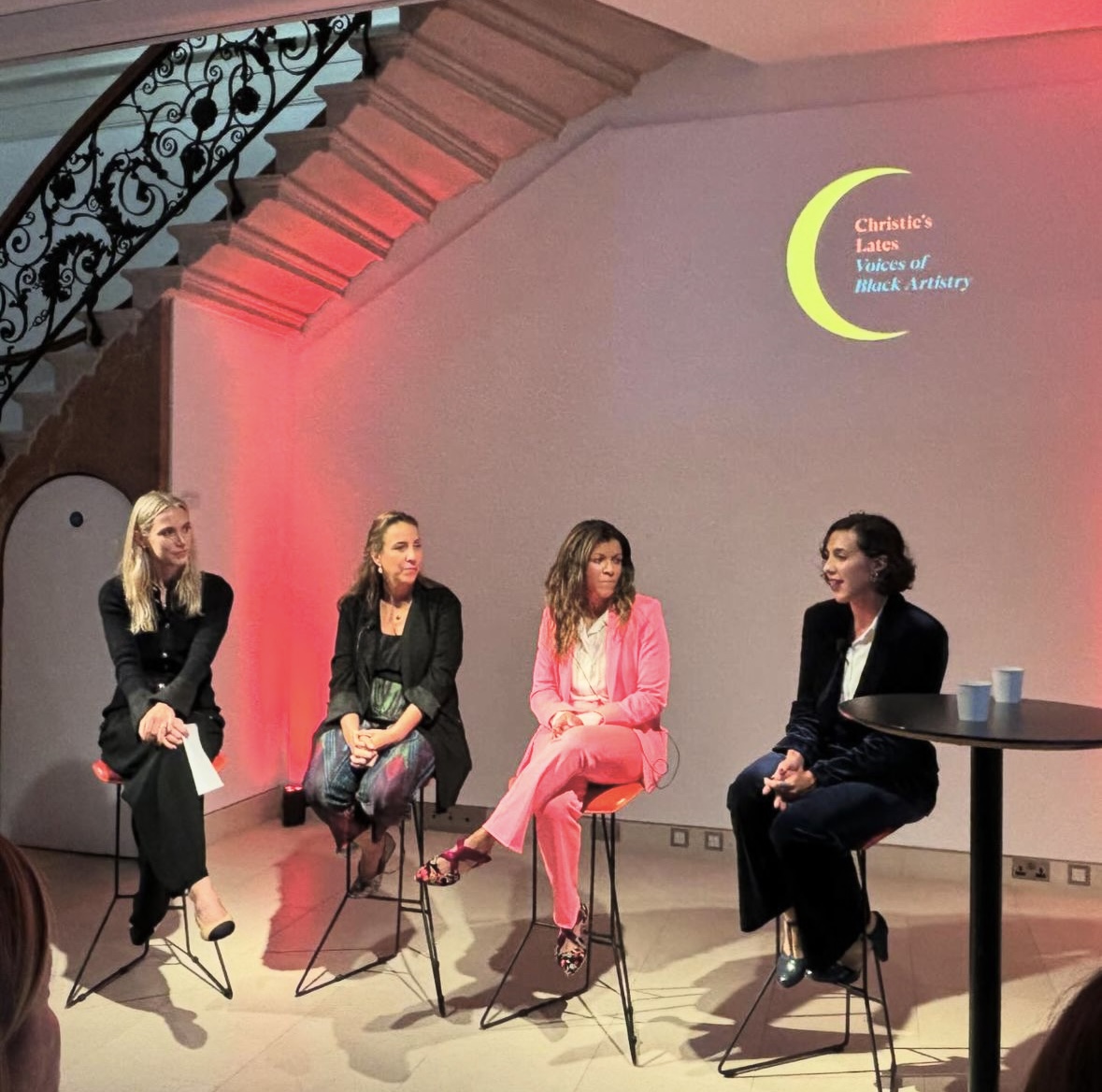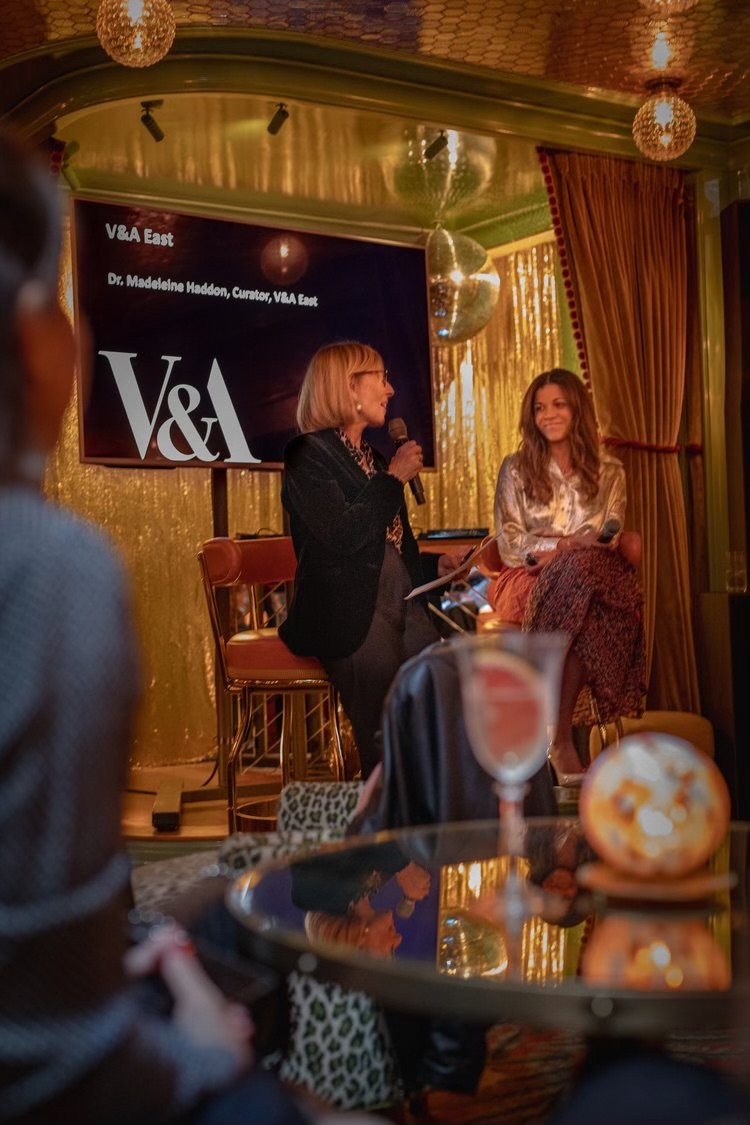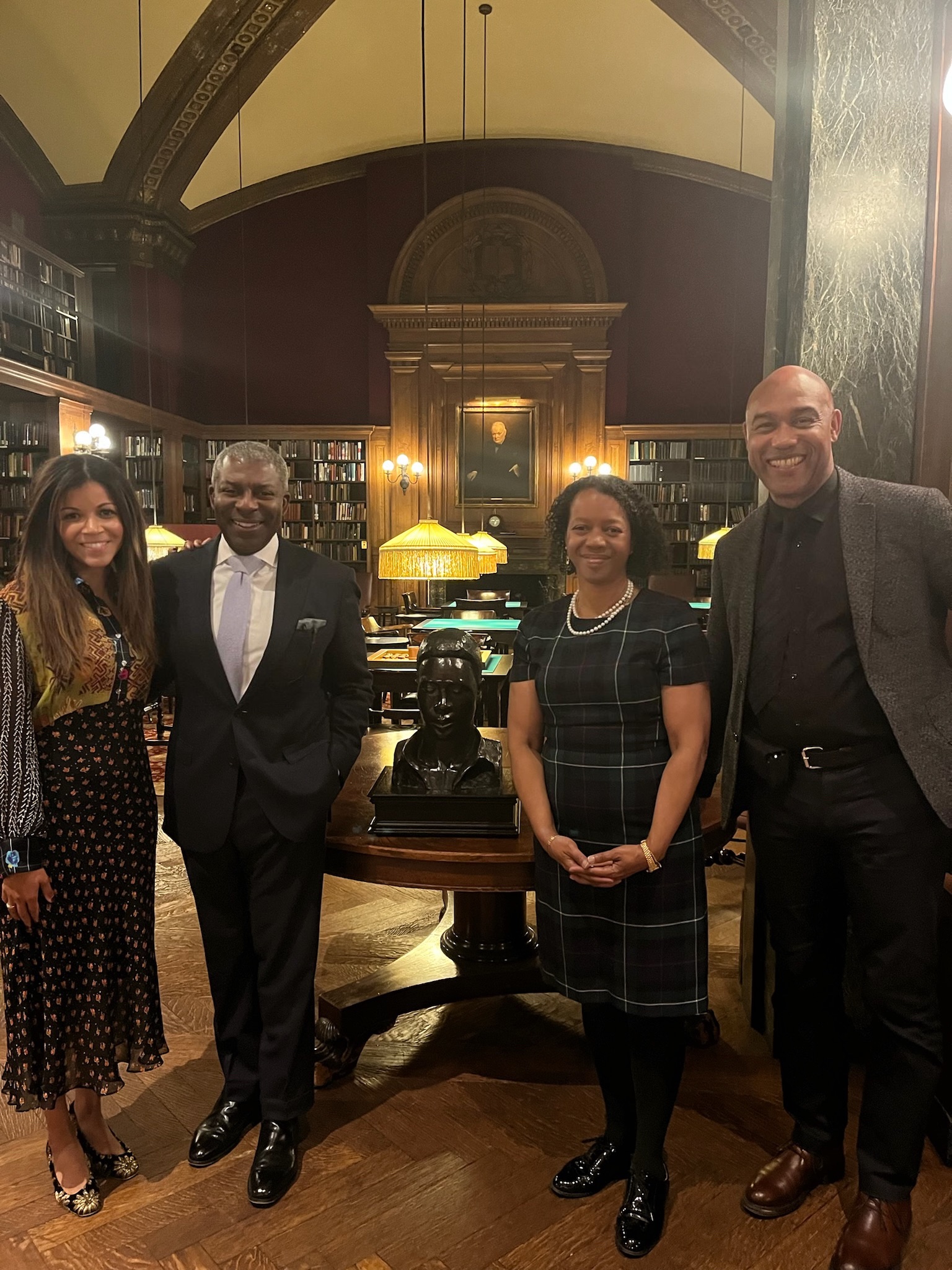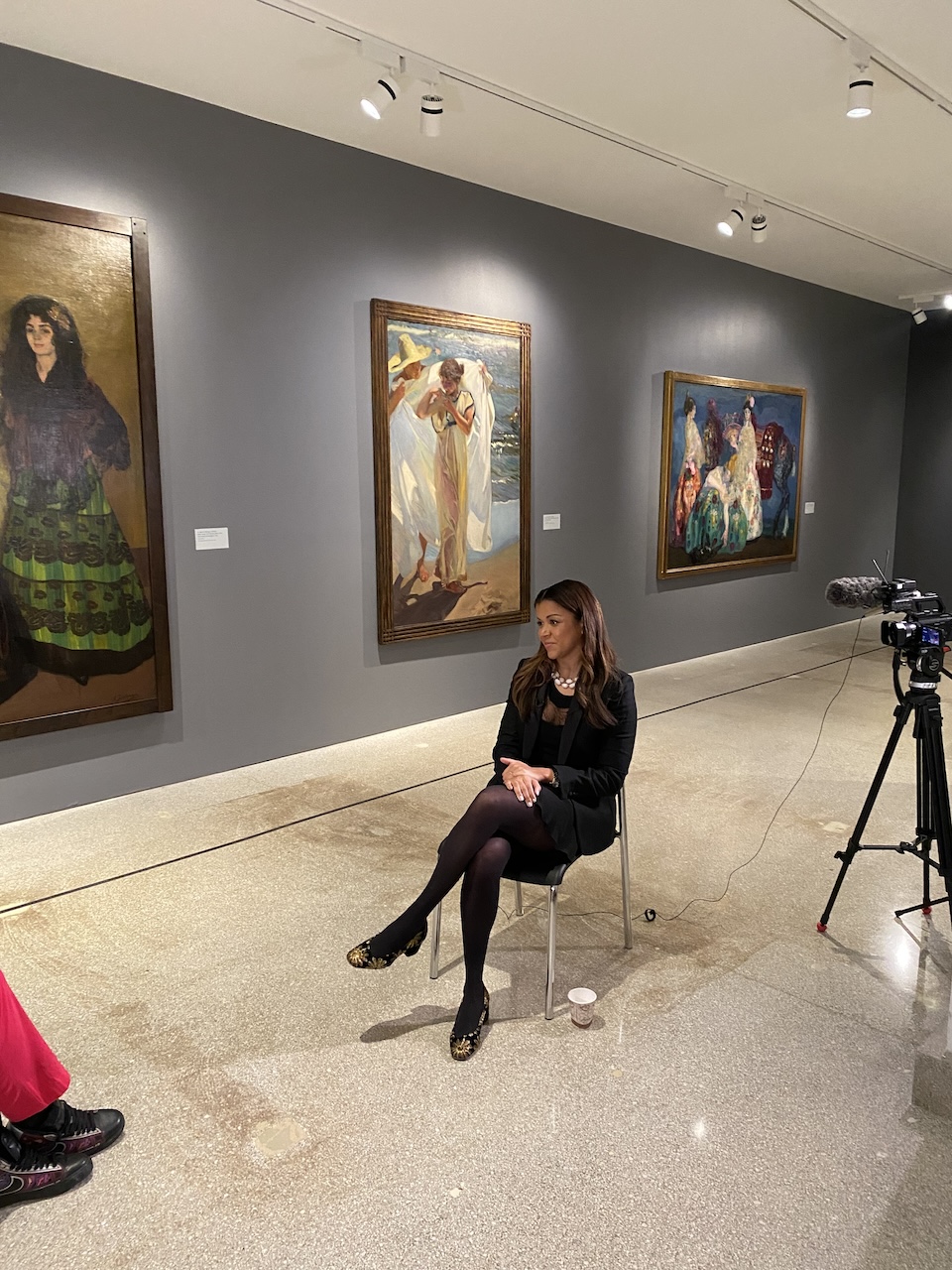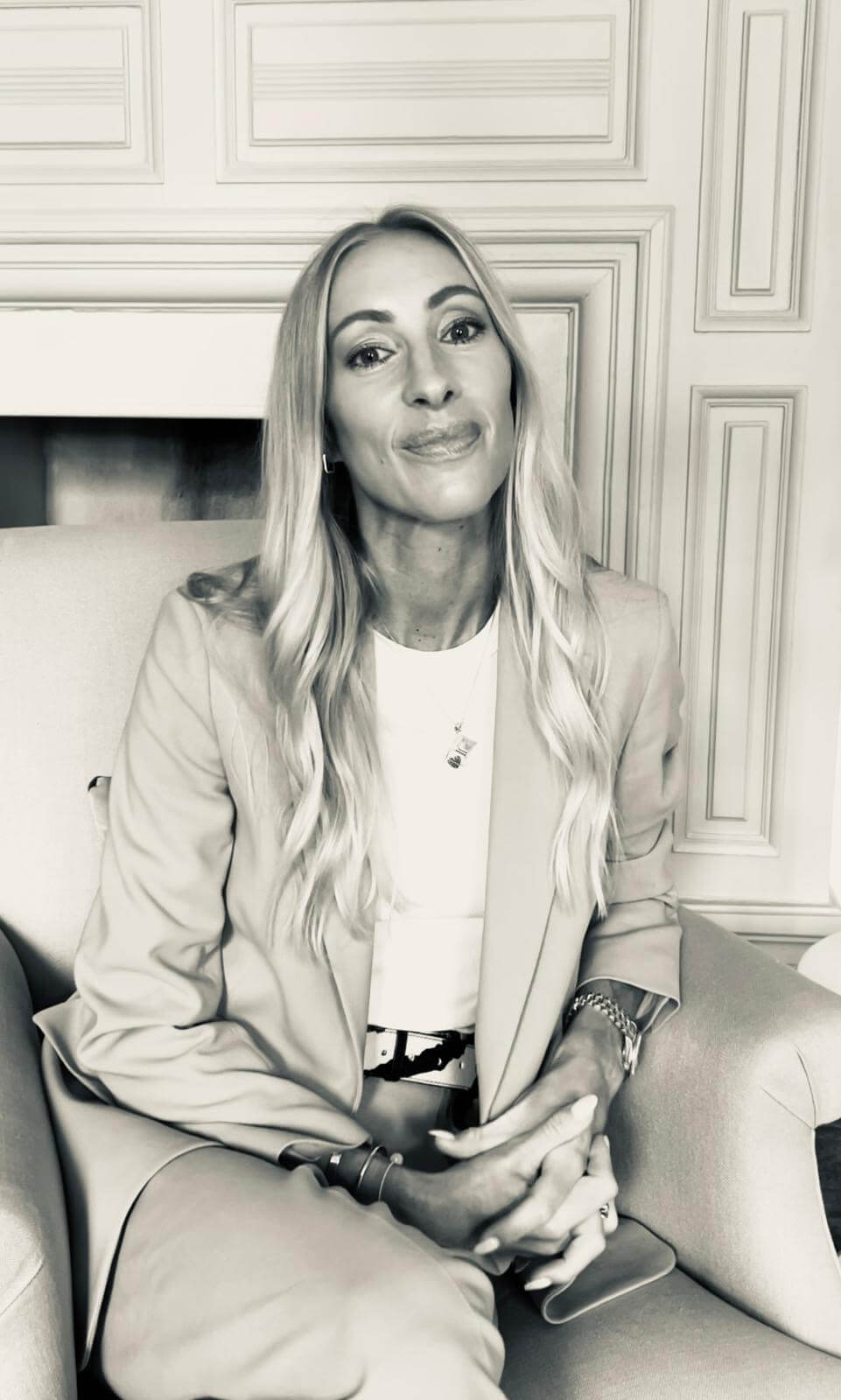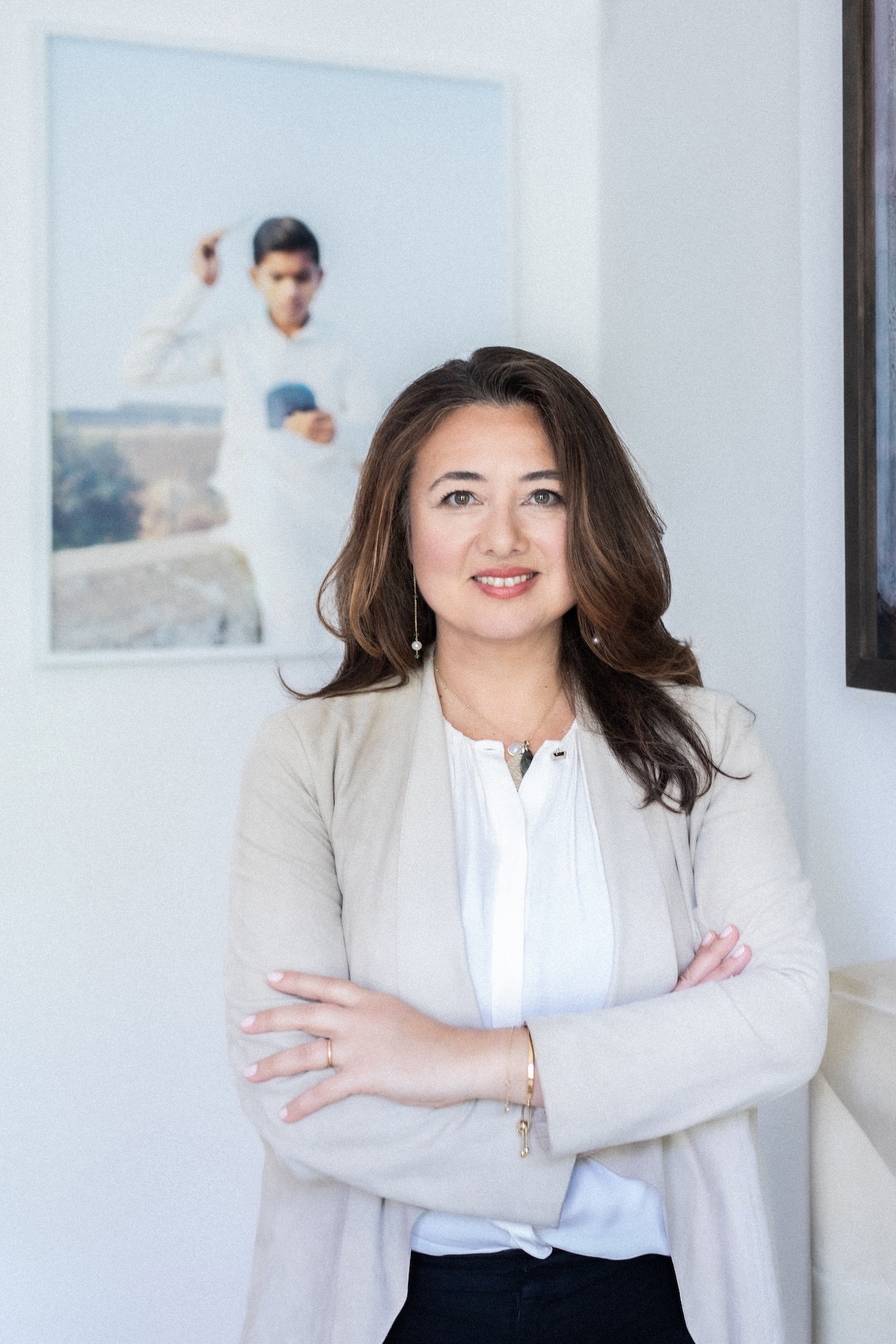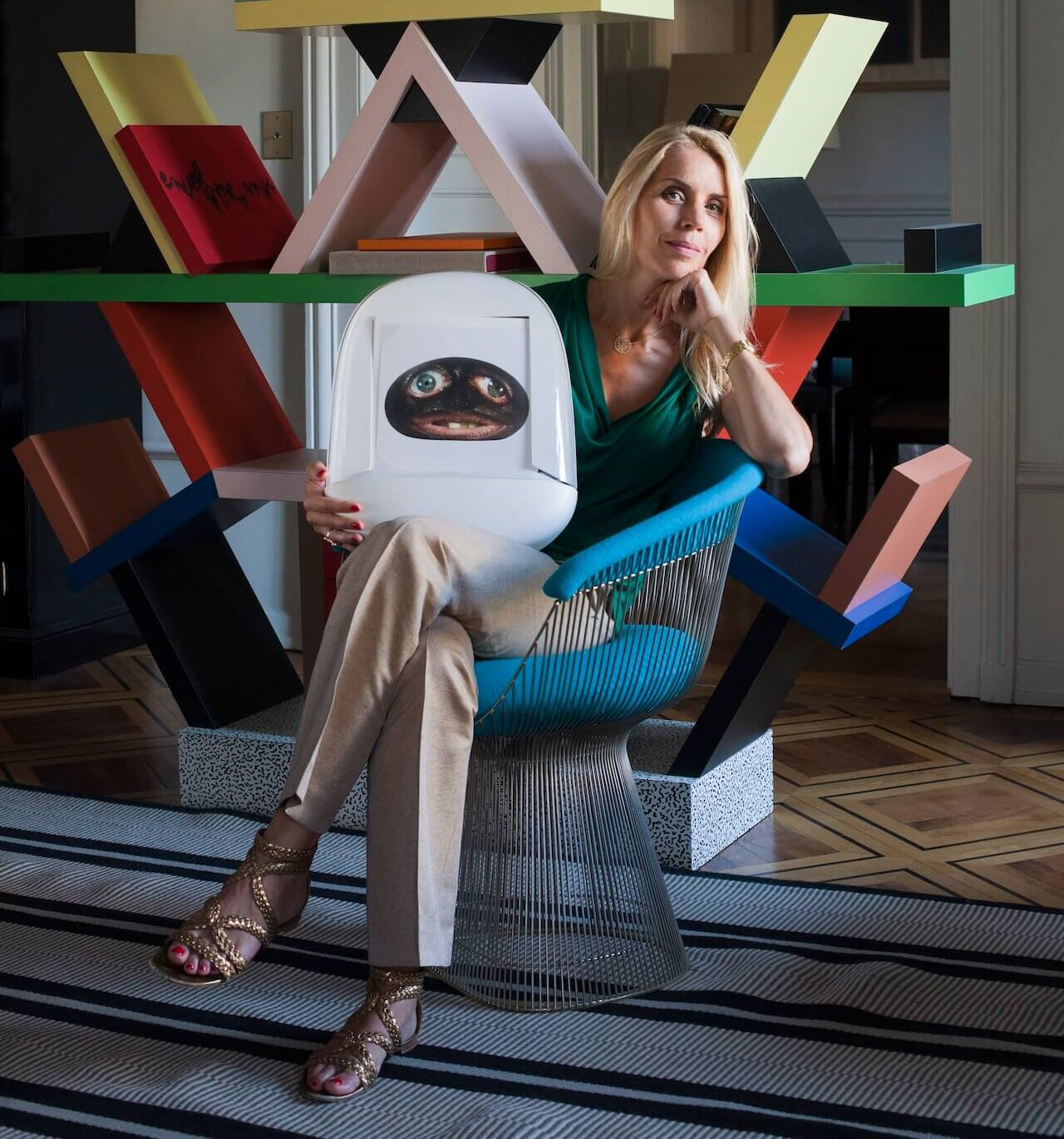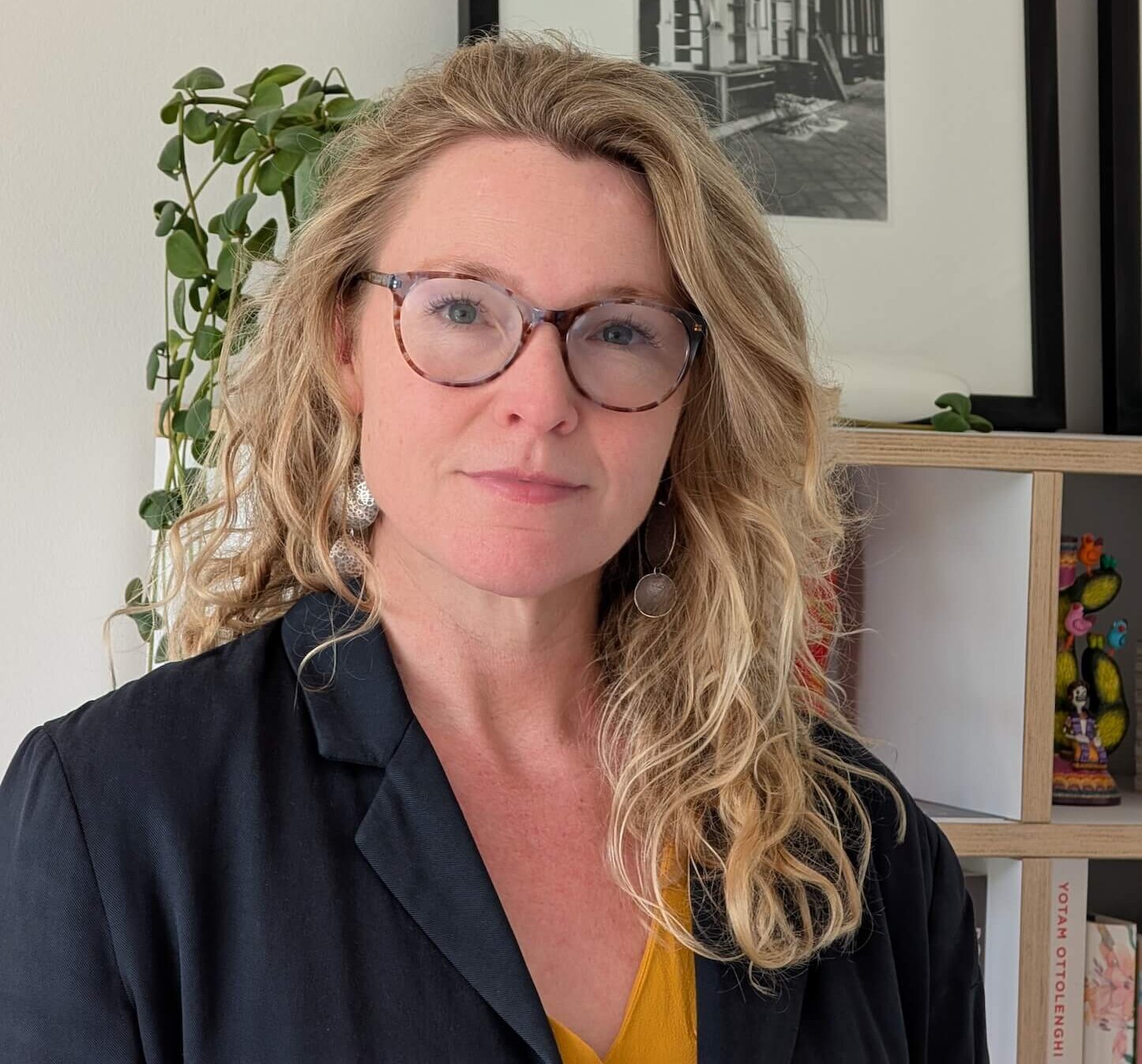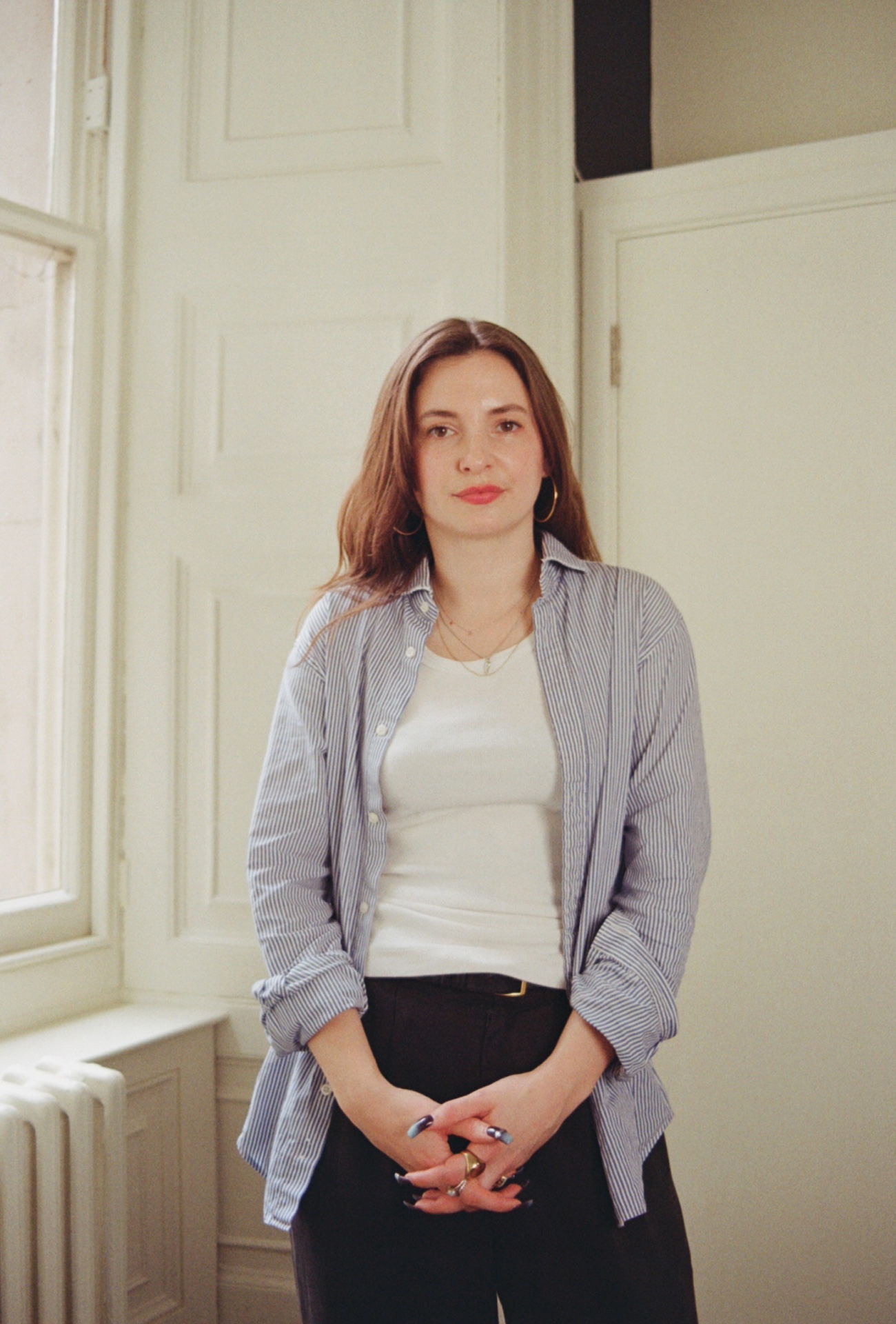

Interview: V&A East Curator, Dr Madeleine Haddon
THE WICK: Tell us about your typical Monday?
Madeleine Haddon :
I get up at 6am, with my mind usually racing and focused on the week ahead, so I begin my Mondays with a meditation. Starting the day with mindfulness and gratitude is an important ritual for me.
After that, I attend a 7am boxing class. I love working out especially first thing in the morning as a way to transition from mental restlessness into physical clarity and strength. By 8:15am, with a matcha in hand, I begin addressing emails. At 9:30am, I meet with my team for our weekly check-in, where everyone outlines their priorities and projects for the coming days.
I set aside Fridays as protected time for activities that spark creativity – whether that’s writing, research, studio visits, or visiting other museums. That space to reflect and recharge is critical. Mondays are when I put that thinking into practice. I typically work from home to focus on strategic planning, reviewing outstanding tasks, and establishing a clear path for the week.
In the early evenings, I often have calls with the US but the rest of the night is reserved for rest. I try to decline events on Mondays and spend time with my husband and our two cats. My husband cooks dinner (I’m really lucky he’s not only a brilliant lawyer but also an incredible chef) and we unwind with our favourite series of the moment. That quiet, restorative time on Monday evening is essential. It gives me a foundation before a typically full week of professional and social events.
TW: You are a senior curator of the highly anticipated V&A East. What is the vision for V&A East and what can we expect from the space in engaging visitors in new ways?
MH:
V&A East is dedicated to creativity and its power to bring change. By working directly with the voices shaping global contemporary culture, we aim to reimagine the V&A’s collection and archive- celebrating art and design in all its forms and opening up new possibilities for everyone.
Our mission is to platform diverse, global narratives that address the urgent issues of our time and to champion radical visionaries of the past and present. We believe museums can inspire the next generation of artists and thinkers, showing how creativity can offer solutions, shape futures, and foster connection in a fractured world.
Young people are at the heart of our vision. We are committed to providing greater access to the V&A’s transhistoric, cross-cultural collections – particularly for those based in East London, a long-standing centre of artistic innovation. Many of these future changemakers lack easy access to London’s museums and may not feel represented and welcome within their walls. It is our mission to create two new sites in London that change this.
Art and design remain vital tools for navigating a complex world. At V&A East, we will nurture and learn from the next generation, offering a platform for underrepresented voices and practices that challenge the traditional canon and reflect the dynamism of global creativity.
TW: V&A East Storehouse is the first building of V&A East to be unveiled later this week and will house over 250,000 objects and 1,000 archives from the V&A’s collection. Are there particular artworks or objects that you are most excited to show to the public?
MH:
There are so many extraordinary objects from the V&A’s collection that I love and am thrilled will now be accessible to the public at Storehouse. Among them are the reconstructed Torrijos ceiling and Agra Colonnade, Robin Hood Gardens fragment, Hew Locke’s The Prize, Xanthe Somers’s Fruit of Our Forefathers, June Crisfield Chapman’s Portrait of Sir Willard White, and Frank Bowling’s Mother Approaching Sixty. The range of works on view reflects the transhistorical and cross-cultural richness of the V&A’s holdings.
What excites me most is how Storehouse invites visitors not only to encounter these objects, but also to deeply engage with the stories behind them—their acquisition histories, their hidden or overlooked meanings, and the ways they continue to inspire creativity today. The architecture of Storehouse itself plays a role in this narrative, designed to peel back the layers of a working museum and share more transparently with our visitors how the V&A, and museums more broadly, operate.
Through initiatives like Order an Object, we are opening up the V&A’s collections to the widest and most diverse audiences possible, empowering visitors to explore the museum on their own terms. I’m especially excited for what we will learn about our own collections through this openness – by placing them in dialogue with the people and communities to whom they ultimately belong.
TW: The David Bowie Centre, will house David Bowie’s archive within V&A East Storehouse. As lead curator on this project, what’s been the most surprising discovery you have found within the archive?
MH:
We will be announcing more about the David Bowie Centre at V&A East in the coming weeks, so I must wait a little longer before sharing some of our most exciting discoveries. Like all work we do at V&A East, we started our curatorial approach with audience consultation. One insight unexpected to many emerged: many young people today are unfamiliar with David Bowie and his legacy.
This finding has significantly informed our curatorial approach. However, our research also revealed that, once introduced to Bowie’s work, younger audiences are deeply inspired by his creativity, innovation, and resistance to categorisation. Bowie embodied a truly multidisciplinary practice – musician, actor, writer, performer, and cultural icon – reflecting the way many young creatives today move fluidly across disciplines and reject singular definitions of identity or artistry.
His influence on contemporary culture is profound. Many of the artists and designers admired by younger generations today regard Bowie as a formative influence. His fearless engagement with self-expression identity, and performance resonates strongly with the values of authenticity, experimentation, and freedom that define the cultural landscape today.
I love archival research for many reasons, but paramount among them is the way even a single individual’s archive can serve as a nexus for the interconnected stories of so many others. Bowie’s archive provides not only a rich and layered view of his personal and creative journey, but also shines a light on lesser-known collaborators and overlooked influences. It offers an extraordinary lens through which to examine broader questions of creativity, cultural change, and the social and historical moments during which Bowie lived and worked.
“We believe museums can inspire the next generation of artists and thinkers, showing how creativity can offer solutions, shape futures, and foster connection in a fractured world.”
